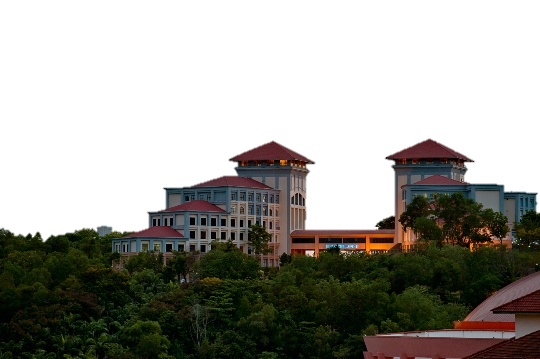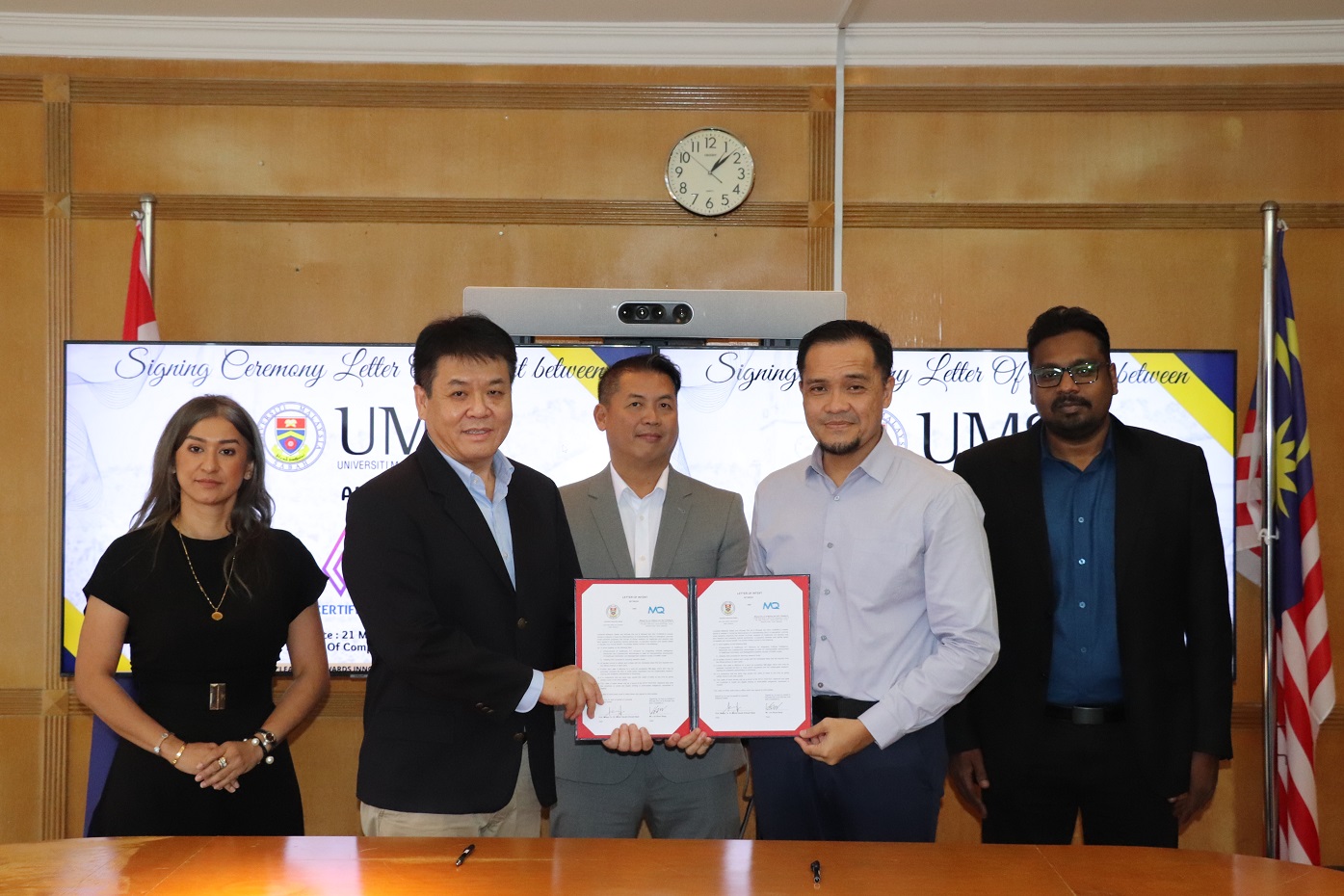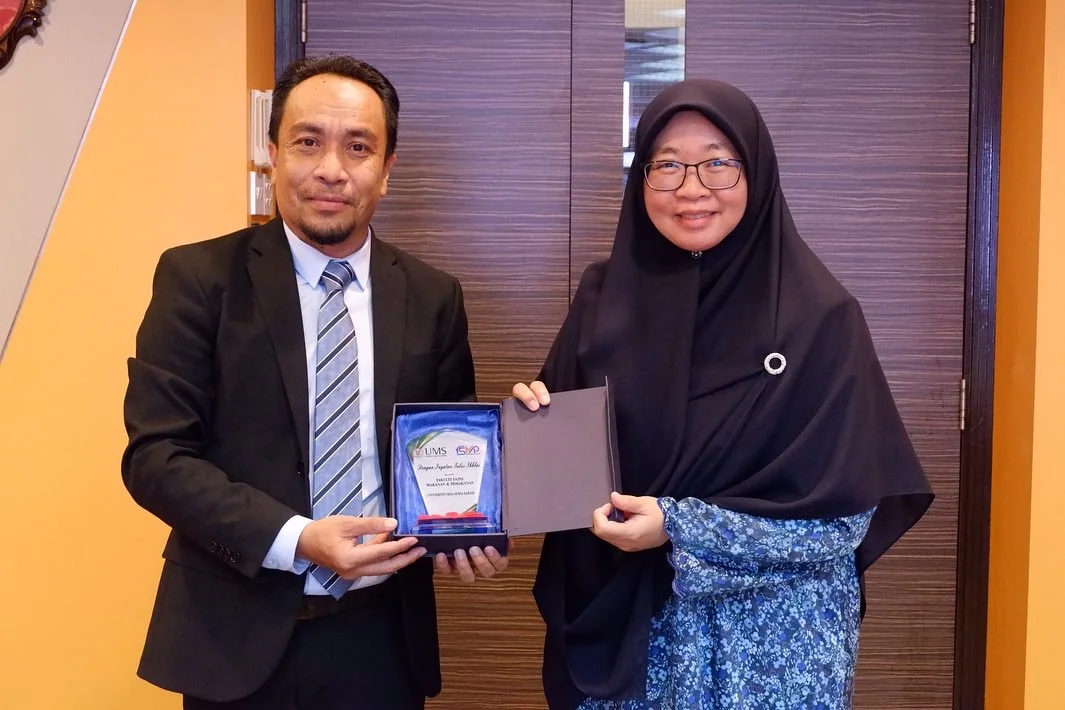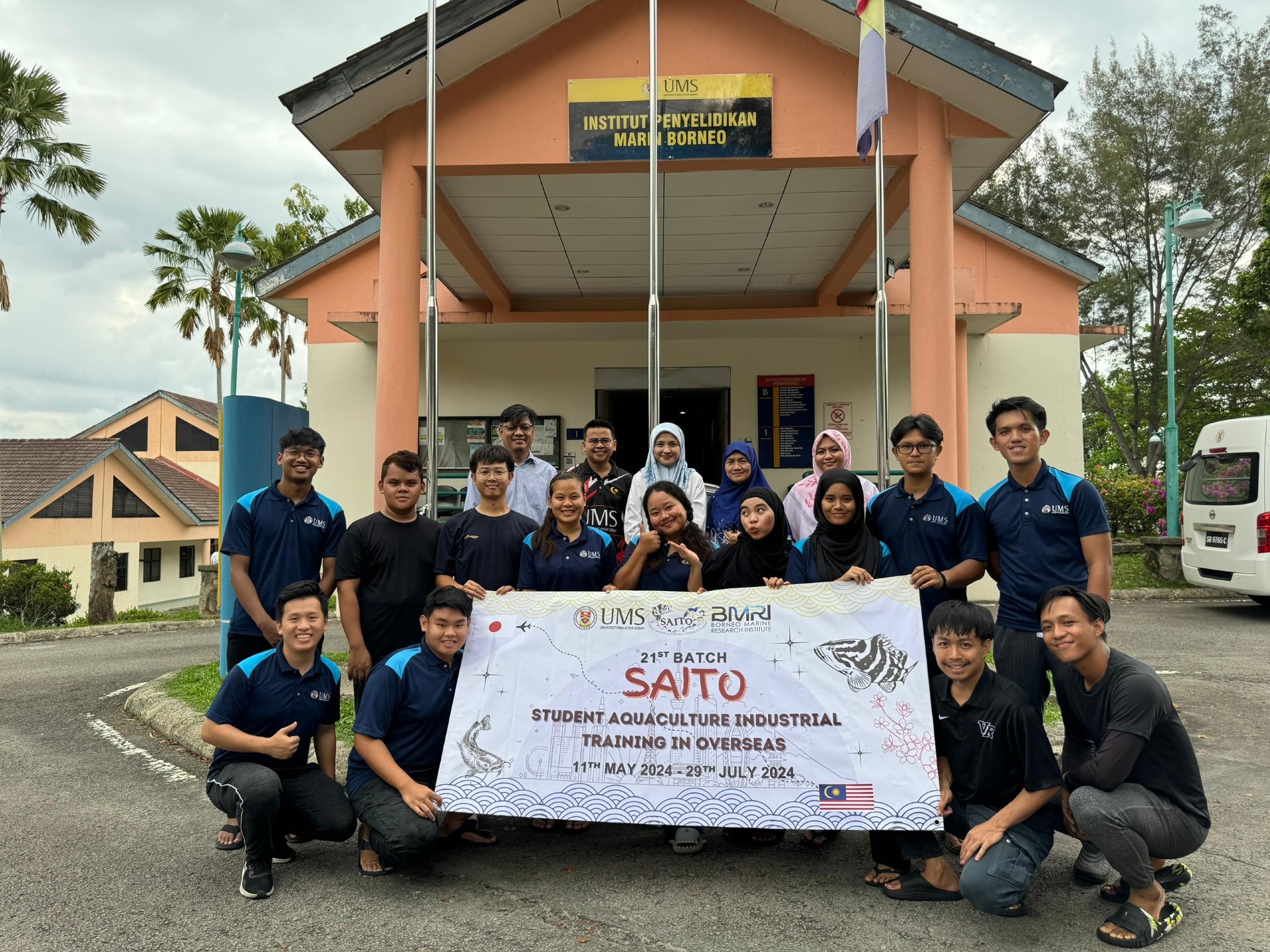 Lace-up your running shoes and get ready to make strides for a good cause! Persatuan Pegawai Pengurusan dan Profesional Universiti Malaysia Sabah (PPUMS) and Pertubuhan Arkitek Malaysia (PAM) Sabah Chapter are thrilled to announce its annual Charity Run, slated to take place on 30th June 2024, at the UMS Dataran Dewan Canselor.
Lace-up your running shoes and get ready to make strides for a good cause! Persatuan Pegawai Pengurusan dan Profesional Universiti Malaysia Sabah (PPUMS) and Pertubuhan Arkitek Malaysia (PAM) Sabah Chapter are thrilled to announce its annual Charity Run, slated to take place on 30th June 2024, at the UMS Dataran Dewan Canselor.
The 7K Campus Run is more than just a race; it is an opportunity for the community to come together and support a noble cause.
With the aim of helping the members of Bukit Harapan, an organization well-known to be dedicated to sheltering and improving the lives of abused children, as well as underprivileged and helpless communities.
In this cause, this event promises a morning of fun, fitness, and philanthropy. This run will also be officiated and supported by Datuk Ts. Mustapha Sakmud, Deputy Minister of Higher Learning.
Participants of all ages and abilities are invited to join and to raise funds and awareness for Bukit Harapan. Whether you are a seasoned runner or just enjoy a leisurely jog, there is a place for you at the starting line.
“We’re excited to once again bring the community together for our annual Run, and this year is very special since we are conducting together with PPUMS as our co-organizer” said Ar. Mok Juang Yu, Chairman of PAM Sabah Chapter.
Meanwhile, Chairperson of PPUMS 2023/2025, Alna Tugan said this event not only promotes health and wellness but also allows to make a meaningful impact in the lives those we serve.
“Every step taken, and every cent raised brings us closer to achieving our mission in helping the cause of this Charity Run which is the first for PPUMS which means a lot to us,” she said.
In addition to the race, participants can look forward to lucky draws and food trucks for all participants. Registration for the Charity Run is now open, with various options available for individuals, teams, and corporate sponsors. Every registration includes a race bib, commemorative t-shirt, e-certificate, and the satisfaction of knowing you are supporting a worthy cause.
To register or learn more about the Charity Run, visit www.ticket2u.com.my or for group registration for more than 10 pax, manual registration is accepted (kindly contact the registration secretariat, Bibie Sekil of PAM (016-582 5001 – whatsapp only), or Faranizah Taufick of PPUMS (014-856 9013- whatsapp only). Do not miss your chance to be a part of something truly special and make a difference in your community.
For media inquiries or sponsorship opportunities, please contact: Ir. Ts. Dr Asrul Effandy at 012-885 9897 or Deidre Faye Danggot at 016-7733889.



 Two significant Letters of Intent (LOIs) between the Creative Advanced Machine Intelligence Research Centre, Universiti Malaysia Sabah (CAMIRCUMS), and esteemed partners were sealed recently.
Two significant Letters of Intent (LOIs) between the Creative Advanced Machine Intelligence Research Centre, Universiti Malaysia Sabah (CAMIRCUMS), and esteemed partners were sealed recently.
 A group of 13 final year Aquaculture Degree Program students from Universiti Malaysia Sabah (UMS) have embarked on a unique industrial training programme, Student Aquaculture Industry Training Oversea (SAITO) which allow them to have opportunity to industry training in Japan.
A group of 13 final year Aquaculture Degree Program students from Universiti Malaysia Sabah (UMS) have embarked on a unique industrial training programme, Student Aquaculture Industry Training Oversea (SAITO) which allow them to have opportunity to industry training in Japan.